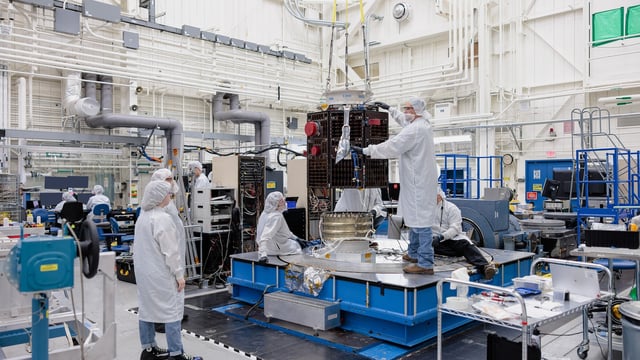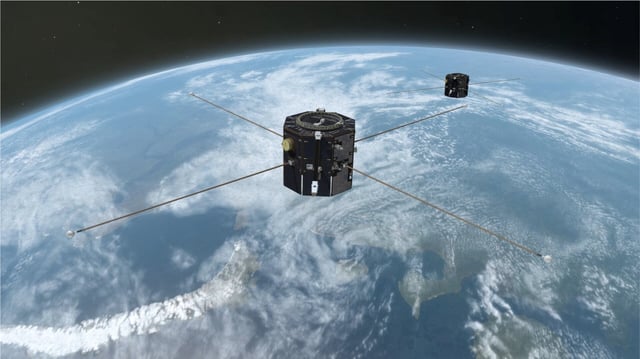Overview
- The two TRACERS spacecraft will lift off from Vandenberg Space Force Base on July 22 aboard a SpaceX Falcon 9 to begin a one-year primary mission.
- Flying 10 to 120 seconds apart in sun-synchronous orbit, the satellites will offer near-real-time comparisons of plasma and magnetic field data within Earth’s polar cusps.
- Each satellite carries five instruments designed to collect high-cadence data across more than 3,000 cusp crossings over the mission’s first year.
- The mission is led by the University of Iowa with NASA management support and key instrument and bus contributions from Southwest Research Institute and Millennium Space Systems.
- By integrating TRACERS observations with existing heliophysics missions, researchers aim to improve forecasts of solar storm impacts on GPS, power grids and astronaut safety.



